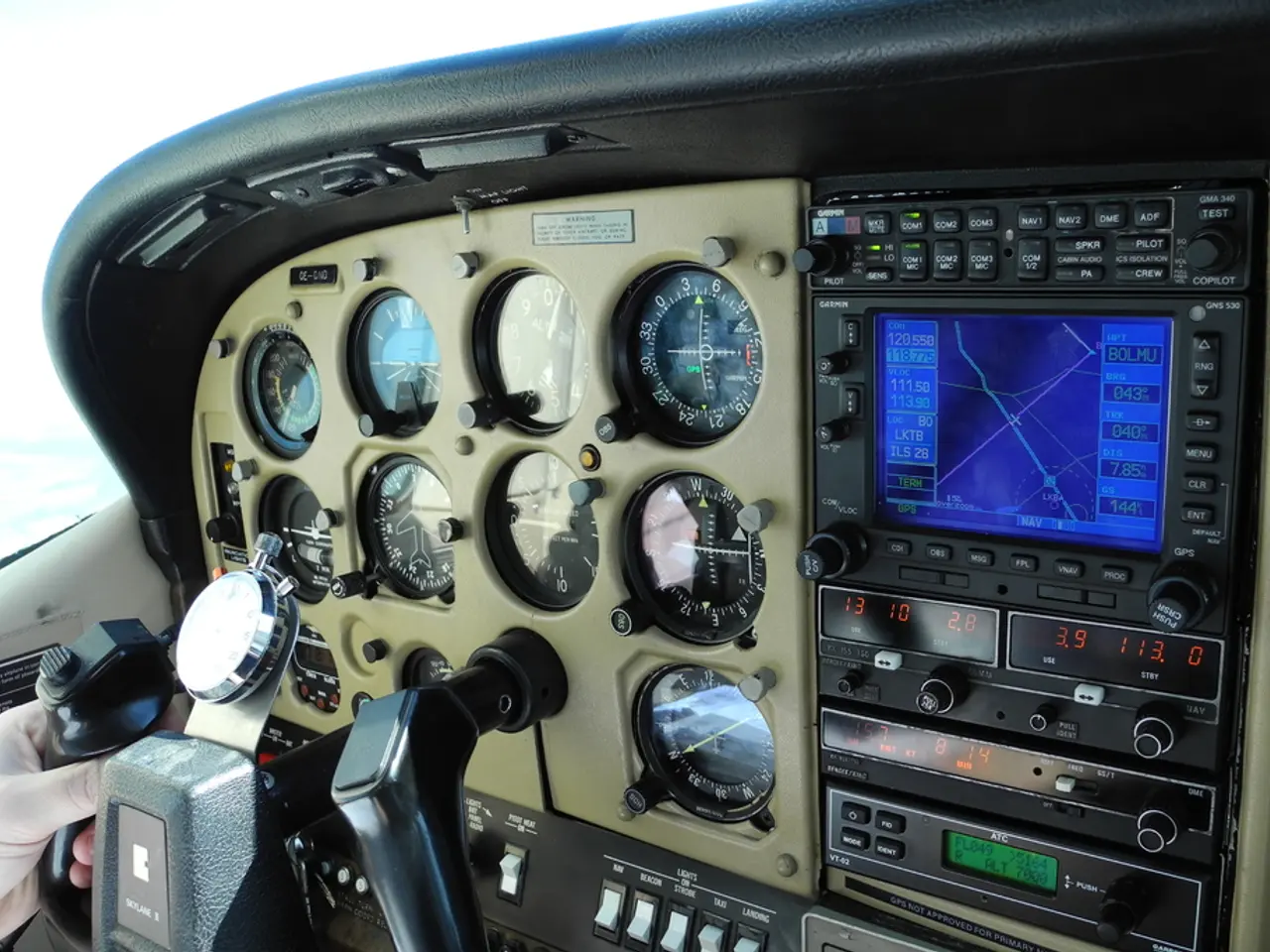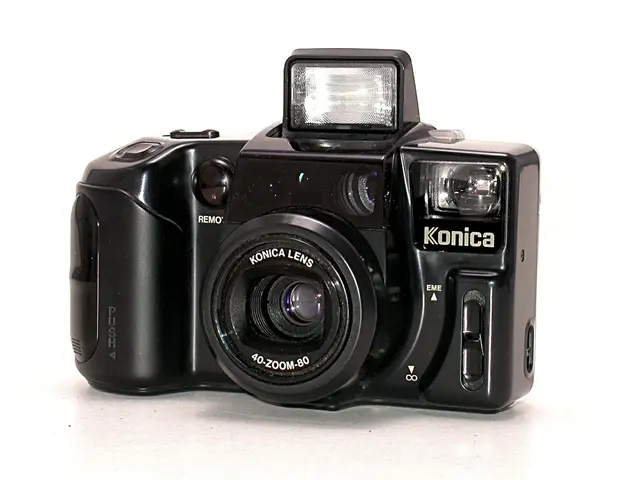Dive into the fundamentals of Drone Inertial Measurement Unit (IMU) Calibration: Learn how it is accomplished and its importance in drone operation.
In the world of drone technology, an Inertial Measurement Unit (IMU) plays a crucial role as the sensory system, providing vital data about a drone's position, orientation, and movement. To ensure optimal performance and safety, it is essential to correctly calibrate the IMU.
During the calibration process, the IMU's sensors are adjusted to align with the drone's true motion and orientation. This process typically involves several key steps: initial setup and environment preparation, static calibration, dynamic calibration, temperature calibration, factory or automated calibration routines, sensor fusion and filtering, and pre-flight checks.
Initially, the drone and IMU are placed in a stable, vibration-free environment at a known reference orientation. Static calibration records IMU sensor readings (gyroscope, accelerometer, and magnetometer) while the device remains stationary at multiple known orientations. This step characterizes sensor biases, scale factors, and misalignments.
Dynamic calibration follows, introducing controlled motions to the IMU to observe sensor responses. This step further refines the error model and enables compensation for temperature effects and vibration rectification errors.
Temperature calibration is another vital aspect, as sensor biases and scale factors can vary with temperature. Measurements or compensation algorithms across the operating temperature range ensure accurate readings.
Modern IMUs, like Analog Devices’ ADIS16576, come with advanced factory calibration that pre-compensates many errors, simplifying integration for system integrators who only need to perform simple alignment routines at a single temperature to finalize the calibration.
Sensor fusion is the process of combining the information from these sensors to form the IMU, which provides information about the drone's movement and position. After raw calibration, sensor data are fused with computational algorithms such as Kalman filters to continuously correct and compensate sensor errors in real-time during flight operations.
The benefits of IMU calibration are substantial. Improved flight control and stability ensure that the flight control system receives precise data about angular rates and accelerations, critical for stable hovering, maneuvering, and wind resistance. Enhanced navigation accuracy supports reliable position, velocity, and orientation estimation, especially important for GPS-denied environments where inertial navigation relies solely on IMU data fused with algorithms.
Calibration reduces biases, scale factor errors, non-orthogonality, and vibration-induced errors, which, if uncorrected, can lead to incorrect attitude estimates and unsafe flight behaviour. Additionally, factory calibration and improved calibration techniques can significantly decrease system integration time and cost.
In summary, proper IMU calibration aligns sensor outputs to the true motion and orientation of the drone, enabling precise flight control and navigation, improving safety, reliability, and operational performance. Before taking a drone to the skies, it is necessary to go through the IMU calibration process to ensure accurate and stable flight behaviour.
Incorporating advanced technology, modern gadgets such as the Analog Devices’ ADIS16576 drone IMU, offer factory calibration to simplify the calibration process for system integrators. To adhere to Part 107 regulations and ensure optimal drone performance, it's essential to calibrate the IMU, which involves steps like temperature calibration, static calibration, and dynamic calibration.







